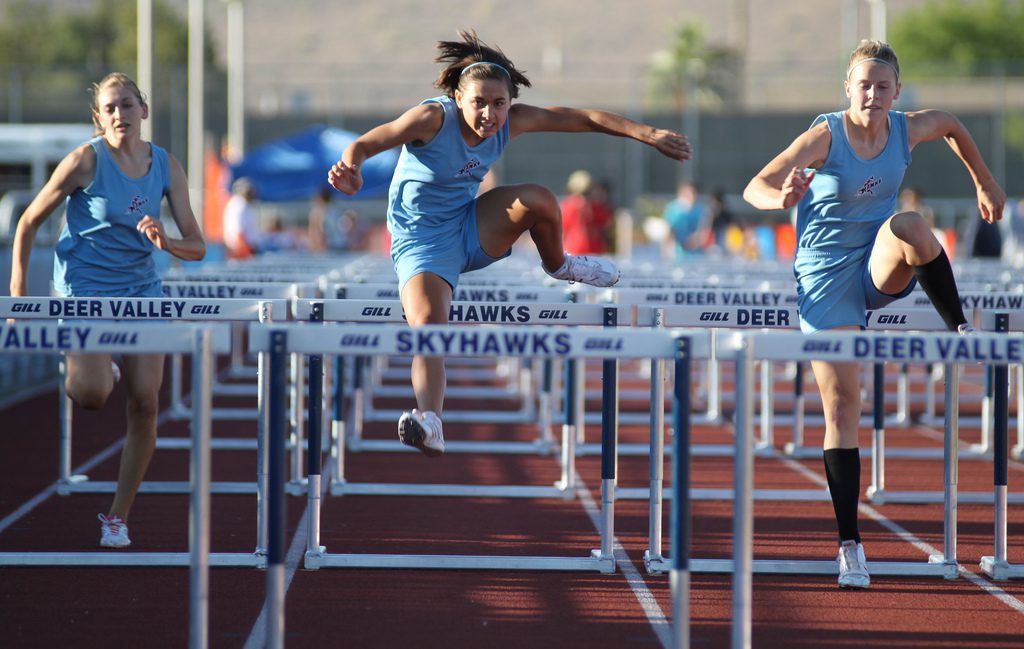Posted by Lou Woodley, Trellis’ Community Engagement Director.

Last week I took part in a session at the ESOF16 conference on building interdisciplinary communities. ESOF – the EuroScience Open Forum – is a biennial conference focusing on various European science and science communication activities, with a mixture of different session formats.
In our session, one of the other presenters, Ismael Rafols, gave a good overview of some of the different barriers to successfully building community, which I’ve listed out below (taken directly from his slides).
1. Cognitive distance – Shared knowledge bases facilitate exchange while differences (e.g. in instruments, methods, theories) inhibit collaboration.
2. Geographical distance – physical distance matters as spatial co-location favours exchange of knowledge that is complex or difficult to transfer.
3. Organisational distance – membership and/or position in shared hierarchical structures influence coordination between actors
4. Regulatory or normative distance – norms, rules and values create incentive systems that influence how actors behave, and their priorities for interactions.
5. Social distance – exchange is aided by social relations that improve trust, communication and coordination.
This got me thinking about the options available to address these five issues. Here are a few suggestions:
1. Cognitive Distance:
The Toolbox Project that was presented at the Science of Team Science conference is one way to overcome the varied backgrounds of team members working on an interdisciplinary project. It’s a series of deliberately abstract questions designed to promote constructive dialogue between group members. We’ll be hearing from Michael O’Rourke and Stephanie Vasko, two of the people behind the tool in a knowledge exchange discussion on Trellis. (Email info@trelliscience.com if you’re interested in attending and would like an invitation to the site.)
2. Geographical distance:
Physical proximity has long been known to encourage ongoing communication, which is why many groups organize an annual meeting or quarterly get-togethers. I also wonder if this is partly why we’re seeing a rise in chat apps over the past year or so – their immediacy seems to break down some of the perceived distance barriers (though not without downsides if you’re already feeling like you have too little space in your work day)
3. Organisational distance:
“Breaking down the silos” has become an often used phrase when organisations talk about their desire to encourage collaboration across different departments or areas of the company. Some efforts to achieve this address breaking down hierarchies at the same time as making horizontal delineations more permeable. This might include encouraging employees of all levels to take part in roundtable discussions or setting up internal social networks where more junior employees may take the lead with sharing information.
4. Regulatory or normative distance:
Normative distances can often be “gamified” online e.g. by rewarding frequent contributors such that they’re more incentivized to contribute again in the future. One downside of positively reinforcing norms in this way is that they contribute to the “rich get richer effect” meaning that quiet or minority voices are often further ignored in interactions.
5. Social distance:
Social distances can be improved by any activities where there’s a gradual revealing of vulnerability that builds trust among group members. This is presumably one of the rationales behind team-building days where a group has to negotiate how to overcome some kind of obstacle far removed from their normal day job. On a more everyday scale, opportunities to share tea breaks and interact in more informal environments have also been promoted as ways to build a more collaborative atmosphere e.g. within a research institute.
Do any of these five barriers to community building reflect challenges you’ve encountered in your work? How did you address them?